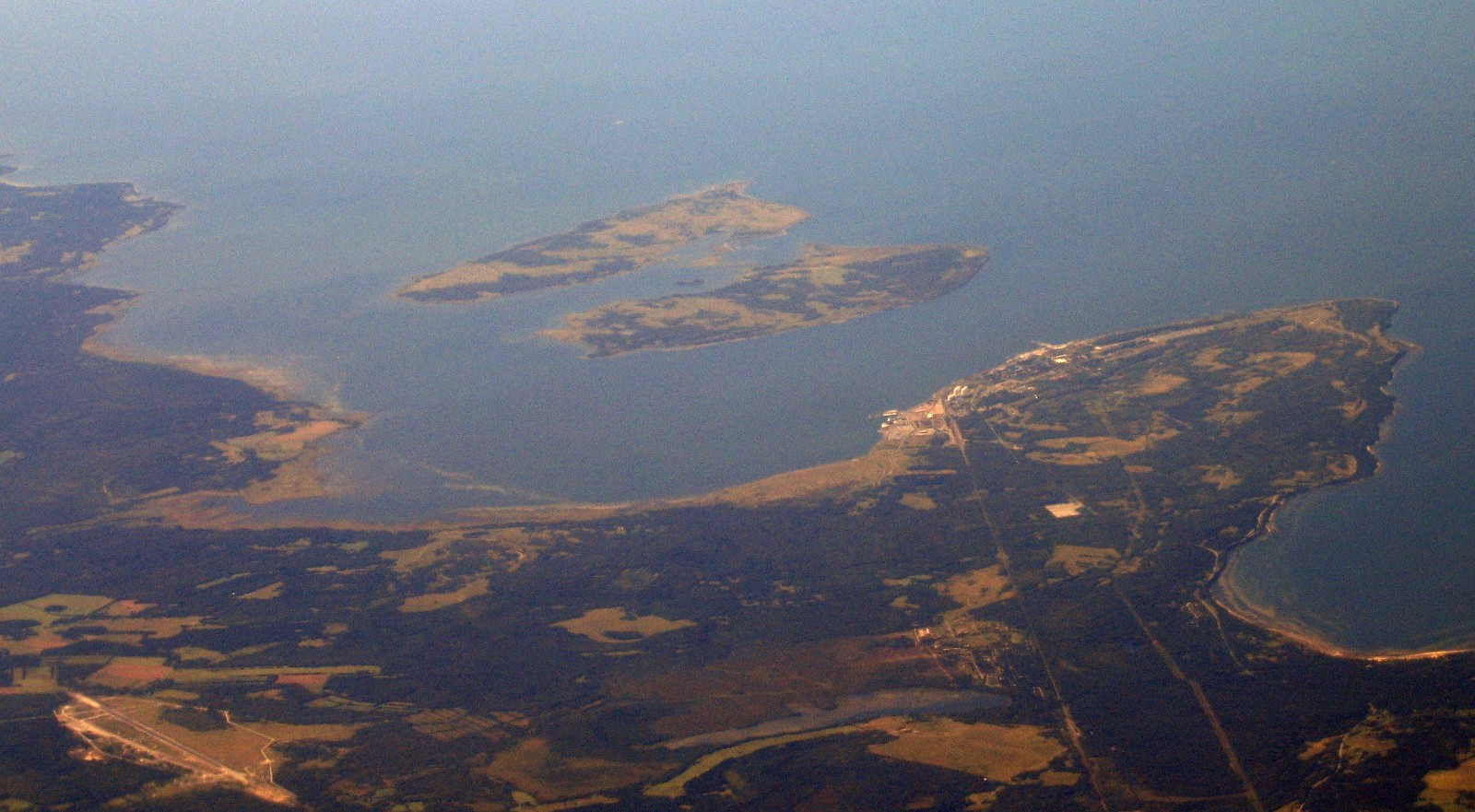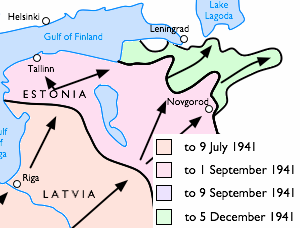|
Pakri Islands
, image_name = , image_caption = , image_size = , map_image = Pakri location map.svg , map_caption = , native_name = Pakri saared , native_name_link = , sobriquet = , location = Baltic Sea , coordinates = , archipelago = , total_islands = , major_islands = Väike-Pakri, Suur-Pakri , area_km2 = 24.7 , area_footnotes = 12.9 and 11.6 km2 , rank = , length_km = , width_km = , coastline_km = 42 , coastline_footnotes = 18.7 and 23.3 km , highest_mount = , elevation_m = 17 , country = Estonia , country_admin_divisions_title = County , country_admin_divisions = Harju County , country_admin_divisions_title_1 = Municipality , country_admin_divisions_1 = Lääne-Harju Parish , population = 6 , population_as_of = 2009 , density_km2 = , ethnic_groups = , additional_info = Pakri Islands ( et, Pakri saared ... [...More Info...] [...Related Items...] OR: [Wikipedia] [Google] [Baidu] |
Baltic Sea
The Baltic Sea is an arm of the Atlantic Ocean that is enclosed by Denmark, Estonia, Finland, Germany, Latvia, Lithuania, Poland, Russia, Sweden and the North and Central European Plain. The sea stretches from 53°N to 66°N latitude and from 10°E to 30°E longitude. A marginal sea of the Atlantic, with limited water exchange between the two water bodies, the Baltic Sea drains through the Danish Straits into the Kattegat by way of the Øresund, Great Belt and Little Belt. It includes the Gulf of Bothnia, the Bay of Bothnia, the Gulf of Finland, the Gulf of Riga and the Bay of Gdańsk. The " Baltic Proper" is bordered on its northern edge, at latitude 60°N, by Åland and the Gulf of Bothnia, on its northeastern edge by the Gulf of Finland, on its eastern edge by the Gulf of Riga, and in the west by the Swedish part of the southern Scandinavian Peninsula. The Baltic Sea is connected by artificial waterways to the White Sea via the White Sea–Baltic Canal and to the German ... [...More Info...] [...Related Items...] OR: [Wikipedia] [Google] [Baidu] |
Estonica
''Estonica'' is a comprehensive encyclopaedia on topics relating to Estonia, particularly the culture and history of Estonia. The project has been developed by Estonian Institute since 2000. It is sponsored by, among others, Tiigrihüpe. Materials of ''Estonica'' are available in Estonian as well as Russian and English, and are reusable under the terms of the Creative Commons Creative Commons (CC) is an American non-profit organization and international network devoted to educational access and expanding the range of creative works available for others to build upon legally and to share. The organization has release ... Attribution-NonCommercial-ShareAlike license. References External links Official website {{encyclopedia-stub Estonian literature Encyclopedias of culture and ethnicity Estonian-language encyclopedias ... [...More Info...] [...Related Items...] OR: [Wikipedia] [Google] [Baidu] |
Warsaw Pact
The Warsaw Pact (WP) or Treaty of Warsaw, formally the Treaty of Friendship, Cooperation and Mutual Assistance, was a collective defense treaty signed in Warsaw, Poland, between the Soviet Union and seven other Eastern Bloc socialist republics of Central and Eastern Europe in May 1955, during the Cold War. The term "Warsaw Pact" commonly refers to both the treaty itself and its resultant defensive alliance, the Warsaw Treaty Organization (WTO). The Warsaw Pact was the military complement to the Council for Mutual Economic Assistance (Comecon), the regional economic organization for the socialist states of Central and Eastern Europe. The Warsaw Pact was created in reaction to the integration of West Germany into the North Atlantic Treaty Organization (NATO)"In reaction to West Germany's NATO accession, the Soviet Union and its Eastern European client states formed the Warsaw Pact in 1955." Citation from: in 1955 as per the London and Paris Conferences of 1954.The Warsaw Pact R ... [...More Info...] [...Related Items...] OR: [Wikipedia] [Google] [Baidu] |
Proving Ground
A proving ground (US) is an installation or reservation in which technology such as weapons, military tactics and automobile prototypes are experimented with or tested. Proving grounds can be operated by government bodies or civilian industries. They are distinct from military training areas which are run by the military and intended for the routine training and exercising of troops across the terrain. Military and government Germany * Peenemünde Army Research Centre, WW2 guided missile and rocket development and testing centre South Korea * Anheung Proving Ground, Taean County (36.680° 126.200°) * Changwon Proving Ground, Changwon City * Darakdae Proving Ground, Pocheon City Russia/former Soviet Union In Russia, a designated area is usually called a "polygon" ( Полигон). * Kapustin Yar, aerial weapons and rocket test range used by the North Caucasus Military District * Totskoye range, test range in the Urals where nuclear tests were carried out in 1954 * Yakuti ... [...More Info...] [...Related Items...] OR: [Wikipedia] [Google] [Baidu] |
Estonian Soviet Socialist Republic
The Estonian SSR,, russian: Эстонская ССР officially the Estonian Soviet Socialist Republic,, russian: Эстонская Советская Социалистическая Республика was an ethnically based administrative subdivision of the former Soviet Union (USSR) covering the occupied and annexed territory of Estonia in 1940–1941 and 1944–1991. The Estonian SSR was nominally established to replace the until then independent Republic of Estonia on 21 July 1940, a month after the 16–17 June 1940 Soviet military invasion and occupation of the country during World War II. After the installation of a Stalinist government which, backed by the occupying Soviet Red Army, declared Estonia a Soviet constituency, the Estonian SSR was subsequently incorporated into the Soviet Union as a "union republic" on 6 August 1940. Estonia was occupied by Nazi Germany in 1941, and administered as a part of ''Reichskommissariat Ostland'' until it was reconquere ... [...More Info...] [...Related Items...] OR: [Wikipedia] [Google] [Baidu] |
Occupation Of Estonia By Nazi Germany
During World War II, in the course of Operation Barbarossa, Nazi Germany invaded Estonia in July–December 1941, and occupied the country until 1944. Estonia had gained independence in 1918 from the then warring German and Russian Empires. However, in the wake of the August 1939 Nazi-Soviet Pact, the Stalinist Soviet Union had invaded and occupied Estonia in June 1940, and the country was formally annexed into the USSR in August 1940. Initially, in the summer of 1941, the German invaders were perceived by most Estonians as liberators from the Soviet terror, having arrived only a week after the mass deportation of tens of thousands of people from Estonia and other territories that had been occupied by USSR in 1939–1941: eastern Poland, Latvia, Lithuania, Bessarabia and Northern Bukovina. Although hopes were raised for the restoration of Estonia's independence, it was soon realized that Germans were but another occupying power. The Nazi German authorities exploited occu ... [...More Info...] [...Related Items...] OR: [Wikipedia] [Google] [Baidu] |
Sweden
Sweden, formally the Kingdom of Sweden,The United Nations Group of Experts on Geographical Names states that the country's formal name is the Kingdom of SwedenUNGEGN World Geographical Names, Sweden./ref> is a Nordic country located on the Scandinavian Peninsula in Northern Europe. It borders Norway to the west and north, Finland to the east, and is connected to Denmark in the southwest by a bridgetunnel across the Öresund. At , Sweden is the largest Nordic country, the third-largest country in the European Union, and the fifth-largest country in Europe. The capital and largest city is Stockholm. Sweden has a total population of 10.5 million, and a low population density of , with around 87% of Swedes residing in urban areas in the central and southern half of the country. Sweden has a nature dominated by forests and a large amount of lakes, including some of the largest in Europe. Many long rivers run from the Scandes range through the landscape, primarily ... [...More Info...] [...Related Items...] OR: [Wikipedia] [Google] [Baidu] |
Soviet Army
uk, Радянська армія , image = File:Communist star with golden border and red rims.svg , alt = , caption = Emblem of the Soviet Army , start_date = 25 February 1946 , country = (1946–1991)' (1991–1992) , branch = , type = Army , role = Ground warfare, Land warfare , size = 3,668,075 active (1991) 4,129,506 reserve (1991) , command_structure = , garrison = , garrison_label = , nickname = "Red Army" , patron = , motto = ''За нашу Советскую Родину!(Za nashu Sovetskuyu Rodinu!)''"For our Soviet Motherland!" , colors = Red and yellow , colors_label = , march ... [...More Info...] [...Related Items...] OR: [Wikipedia] [Google] [Baidu] |
Occupation Of The Baltic States
The Baltic states of Estonia, Latvia and Lithuania were invaded and occupied in June 1940 by the Soviet Union, under the leadership of Stalin and auspices of the Molotov-Ribbentrop Pact that had been signed between Nazi Germany and the Soviet Union in August 1939, immediately before the outbreak of World War II. The three countries were then annexed into the Soviet Union (formally as " constituent republics") in August 1940. The United States and most other Western countries never recognised this incorporation, considering it illegal. On 22 June 1941, Nazi Germany attacked the Soviet Union and within weeks occupied the Baltic territories. In July 1941, the Third Reich incorporated the Baltic territory into its ''Reichskommissariat Ostland''. As a result of the Red Army's Baltic Offensive of 1944, the Soviet Union recaptured most of the Baltic states and trapped the remaining German forces in the Courland pocket until their formal surrender in May 1945. Latvian plenipotentiar ... [...More Info...] [...Related Items...] OR: [Wikipedia] [Google] [Baidu] |
Molotov–Ribbentrop Pact
, long_name = Treaty of Non-Aggression between Germany and the Union of Soviet Socialist Republics , image = Bundesarchiv Bild 183-H27337, Moskau, Stalin und Ribbentrop im Kreml.jpg , image_width = 200 , caption = Stalin and Ribbentrop shaking hands after the signing of the pact in the Kremlin , type = , date_drafted = , date_signed = , location_signed = Moscow, Soviet Union , date_sealed = , date_effective = , condition_effective = , date_expiration = 23 August 1949(planned)22 June 1941( terminated)30 July 1941( officially declared null and void) , signatories = Joachim von Ribbentrop Vyacheslav Molotov , parties = , depositor = , languages = , wikisource = Molotov–Ribbentrop Pact The Molotov–Ribbentrop Pact was a non-aggression pact between Nazi Germany and the Soviet Union that enabled those powers to partition Poland between them. The pact was signed in Moscow on 23 August 1939 by German Foreign Minister Joachim von Ribbentrop and Soviet Foreign Minister Vyacheslav ... [...More Info...] [...Related Items...] OR: [Wikipedia] [Google] [Baidu] |
Baltic Germans
Baltic Germans (german: Deutsch-Balten or , later ) were ethnic German inhabitants of the eastern shores of the Baltic Sea, in what today are Estonia and Latvia. Since their coerced resettlement in 1939, Baltic Germans have markedly declined as a geographically determined ethnic group. However, it is estimated that several thousand people with some form of (Baltic) German identity still reside in Latvia and Estonia. Since the Middle Ages, native German-speakers formed the majority of merchants and clergy, and the large majority of the local landowning nobility who effectively constituted a ruling class over indigenous Latvian and Estonian non-nobles. By the time a distinct Baltic German ethnic identity began emerging in the 19th century, the majority of self-identifying Baltic Germans were non-nobles belonging mostly to the urban and professional middle class. In the 12th and 13th centuries, Catholic German traders and crusaders (''see '') began settling in the eas ... [...More Info...] [...Related Items...] OR: [Wikipedia] [Google] [Baidu] |




